Chi Rho
The Chi Rho (/ˈkaɪ
The Chi-Rho symbol was used by the Roman emperor Constantine I (r. 306–337) as part of a military standard (vexillum). Constantine's standard was known as the Labarum. Early symbols similar to the Chi Rho were the Staurogram ( ) and the IX monogram (
) and the IX monogram ( ).
).
In pre-Christian times, the Chi-Rho symbol was also to mark a particularly valuable or relevant passage in the margin of a page, abbreviating chrēston(good).[3] Some coins of Ptolemy III Euergetes (r. 246–222 BC) were marked with a Chi-Rho.[4]
Although formed of Greek characters, the device (or its separate parts) is frequently found serving as an abbreviation in Latin text, with endings added appropriate to a Latin noun, thus XPo, signifying Christo, "to Christ", the dative form of Christus.[5]
The Chi Rho symbol has two Unicode codepoints: U+2627 ☧ CHI RHO in the Miscellaneous symbols block and U+2CE9 ⳩ COPTIC SYMBOL KHI RO in the Coptic block.
Origin and adoption
According to Lactantius,[6] a Latin historian of North African origins saved from poverty by the Emperor Constantine I (r. 306–337), who made him tutor to his son Crispus, Constantine had dreamt of being ordered to put a "heavenly divine symbol" (Latin: coeleste signum dei) on the shields of his soldiers. The description of the actual symbol chosen by Emperor Constantine the next morning, as reported by Lactantius, is not very clear: it closely resembles a Chi-Rho or a staurogram ( ), a similar Christian symbol. That very day Constantine's army fought the forces of Maxentius and won the Battle of the Milvian Bridge (312), outside Rome.
), a similar Christian symbol. That very day Constantine's army fought the forces of Maxentius and won the Battle of the Milvian Bridge (312), outside Rome.
Eusebius of Caesarea (died in 339) gave two different accounts of the events. In his church history, written shortly after the battle, when Eusebius hadn't yet had contact with Constantine, he doesn't mention any dream or vision, but compares the defeat of Maxentius (drowned in the Tiber) to that of the biblical pharaoh and credits Constantine's victory to divine protection.
In a memoir of the Roman emperor that Eusebius wrote after Constantine's death (On the Life of Constantine, circa 337–339), a miraculous appearance is said to have come in Gaul long before the Battle of the Milvian Bridge. In this later version, the Roman emperor had been pondering the misfortunes that befell commanders who invoked the help of many different gods, and decided to seek divine aid in the forthcoming battle from the One God. At noon, Constantine saw a cross of light imposed over the sun. Attached to it, in Greek characters, was the saying "Τούτῳ Νίκα!" (“In this sign you will conquer!”).[7] Not only Constantine, but the whole army saw the miracle. That night, Christ appeared to the Roman emperor in a dream and told him to make a replica of the sign he had seen in the sky, which would be a sure defence in battle.
Eusebius wrote in the Vita that Constantine himself had told him this story "and confirmed it with oaths" late in life "when I was deemed worthy of his acquaintance and company." "Indeed", says Eusebius, "had anyone else told this story, it would not have been easy to accept it."
Eusebius also left a description of the labarum, the military standard which incorporated the Chi-Rho sign, used by Emperor Constantine in his later wars against Licinius.
https://en.wikipedia.org/wiki/Chi_Rho
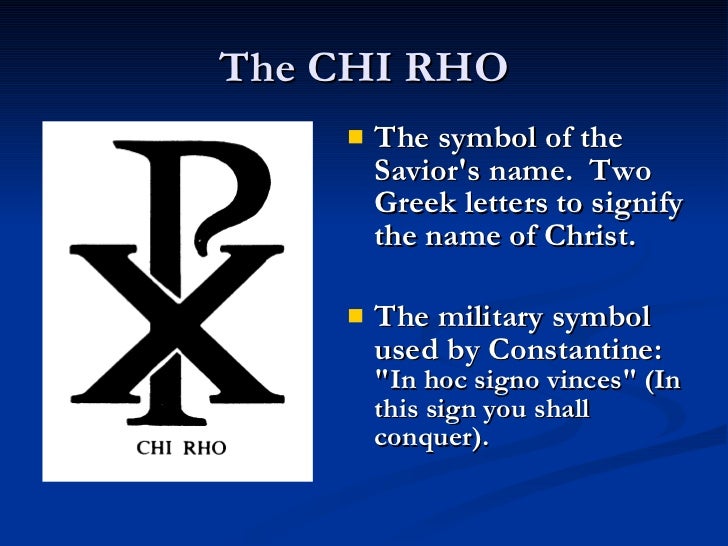
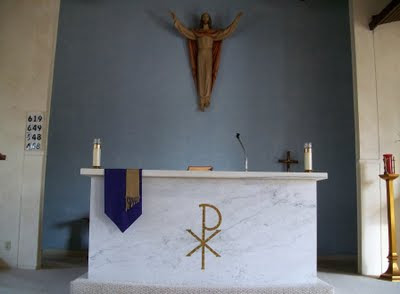

Chi-Rho symbol at the Catacombs of Calixtus, Rome.




Chi-Rho symbol at the Catacombs of Calixtus, Rome.

Monogramme of Christ (the Chi Rho) on a plaque of a sarcophagus, 4th-century CE, marble, Musei Vaticani, on display in a temporary exhibition at the Colosseum in Rome, Italy

The Chi-Rho with a wreath symbolizing the victory of the Resurrection, above Roman soldiers, circa 350.
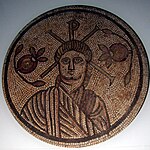
Roman Christian mosaic with Chi-Rho, Hinton St. Mary, England.

Chi-Rho on the roof of the Basilica of St. John Lateran, Rome.
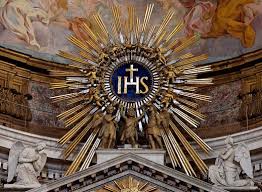

The Chi-Rho with a wreath symbolizing the victory of the Resurrection, above Roman soldiers, circa 350.

Roman Christian mosaic with Chi-Rho, Hinton St. Mary, England.

Chi-Rho on the roof of the Basilica of St. John Lateran, Rome.

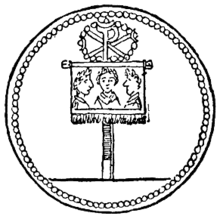



No comments:
Post a Comment